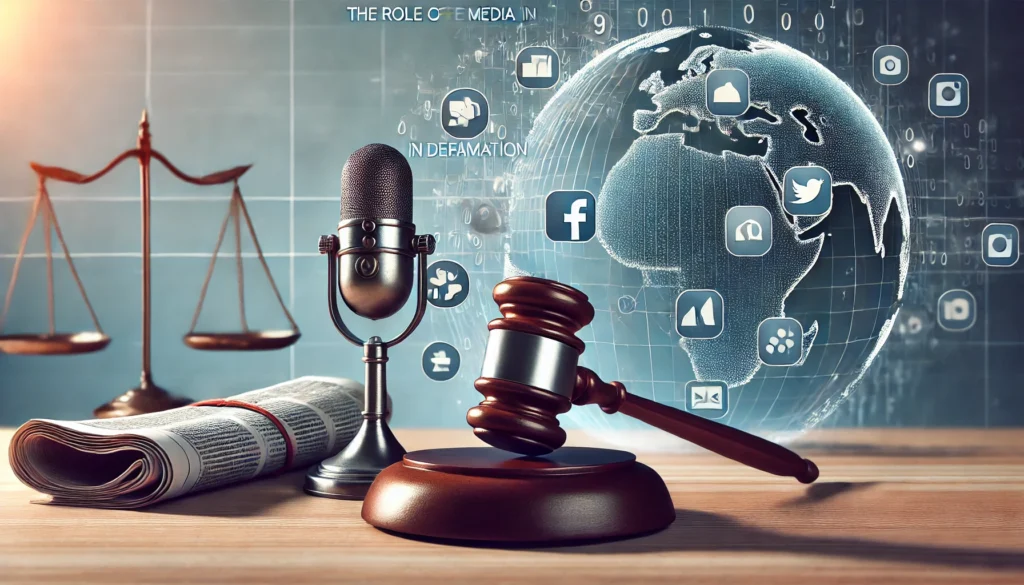Published On: August 17th 2025
Authored By: RAMYA. V
Sastra Deemed University
Abstract
As the world becomes increasingly interconnected through digital communication, cyberbullying has become a widespread and multifaceted menace, leveraging the anonymity and scope of the virtual space to assault targets—particularly women, children, and vulnerable groups. This paper critically assesses the changing dynamics of cyberbullying in India, evaluating its psychological dimensions, typical expressions, and sufficiency of current legal redresses. Although the Information Technology Act, 2000 and Indian Penal Code, 1860 provide some protection by way of provisions for defamation, stalking, and invasion of privacy, not having a standalone anti-cyberbullying law leads to piecemeal enforcement and victim compensation. Based on recent court trends and international best practices from the UK, USA, and Australia, the article seeks to enumerate major legal and institutional shortcomings in India’s management of cyberbullying. It suggests wide-ranging reforms such as specialized legislation, digital literacy initiatives, better intermediary responsibility, and victim care provisions. The research highlights the imperative of an overarching legal framework to provide secure digital environments and protect individual dignity in the cyber
Introduction
The digital age has revolutionized communication, but it has also given rise to new forms of harassment. One such phenomenon is cyberbullying—the use of digital platforms to humiliate, threaten, or harass individuals. Unlike traditional bullying, cyberbullying transcends physical boundaries and often happens anonymously, increasing its psychological impact. India, home to over 850 million internet users, is experiencing a surge in cyberbullying, particularly targeting teenagers, women, and marginalized communities.
Despite its commonality, Indian legislation does not define or enact cyberbullying as a standalone offense. The present article analyzes critically the legal recourse under current Indian law, identifies loopholes, and proposes legal reforms.
Understanding Cyberbullying: Forms and Impact
Cyberbullying has various forms such as:
- Online harassment or hate speech
- Cyberstalking
- Doxing (outing private information)
- Non-consensual image sharing
- Impersonation
- Trolling and defamation
Psychological and Social Effects
Victims become depressed, anxious, fearful, and even suicidal in extreme situations. Cyberbullying, being different from offline bullying, follows the victim into the privacy of their own space and is therefore relentless.
Legal Framework in India
There is no cyberbullying law in India, yet certain provisions of the Information Technology Act, 2000 and the Indian Penal Code, 1860 touch upon the issue partially.
1. Information Technology Act, 2000
Section 66E:
Punishes invasion of privacy by photographing, publishing or transmitting images of private areas without consent. Punishable with imprisonment for three years or fine up to Rs. 2 lakh.
Section 67:
Refers to publishing or transmitting obscene content in electronic form. The section is directly applicable where sexually explicit content is transmitted without permission.
Section 72:
Punishes breach of confidentiality and privacy, particularly by service providers reading confidential information.
Note: Section 66A, criminalizing offensive messages, was found to be unconstitutional and struck down in Shreya Singhal v. Union of India (2015) as being ambiguous.
2. Indian Penal Code, 1860
Section 354D:
Speaks of stalking, including cyberstalking. Punishable with imprisonment and fine.
Sections 499 & 500:
Deal with defamation and provide remedies where a person’s reputation is defamed on the Internet.
Section 507:
Deals with criminal intimidation by anonymous communication.
Section 509:
Punishes offenses meant to insult the modesty of a female, including digitally communicated remarks.
3. Protection of Children from Sexual Offences (POCSO) Act, 2012
Applied when children are targeted through online sexual material or exploitation.
Judicial Trends
Indian courts have gradually started recognizing cyberbullying. For example:
In Kalandi Charan Lenka v. State of Odisha (2017), the Orissa High Court addressed the case of a fictitious Facebook account utilized for bullying a woman.
Courts have also been confirming convictions for cyberstalking and online intimidation under the provisions of IPC.
Consistency in interpretation and application of laws still remains an issue.
Challenges in Addressing Cyberbullying
1. Lack of Definition in Law:- Cyberbullying lacks definition in any Indian law, creating uncertainty and enforcement issues.
2. Overlapping Jurisdiction:- IT Act and IPC often overlap, causing uncertainty for the enforcement agencies.
3. Delays in Investigation: – Police usually do not have the training and resources to pursue online offenders.
4. Anonymity and Global Nature of Internet: – Cyberbullies use VPNs and offshore servers to hide their identities, which makes it hard to trace and investigate them.
Recommendations for Reform
1. Enact a Specific Law on Cyberbullying
Create a specific legal code defining cyberbullying and outlining penalties and procedure.
2. Digital Literacy and Education
Compressed digital ethics learning in schools and universities to reduce peer-to-peer cyberbullying.
3. Accelerating Cyber Cells and Helplines
Establish state-level cyber helpdesks and quick grievance redressal.
4. Enlarged Intermediary Role
Revise intermediary guidelines to make platforms like Facebook, Instagram, and WhatsApp accountable.
5. Victim Support Mechanisms
Legal assistance and counseling for mental wellness should be provided, especially to women and children.
Comparative Legal Approach
United Kingdom:
Malicious Communications Act, 1988 and Communications Act, 2003 cover cyber harassment.
United States:
Several states have cyberbullying laws. School internet safety policies are mandated through the Children’s Internet Protection Act.
Australia:
Online abuse is dealt with through the safety Commissioner and can force removal of abusive content.
Conclusion
Cyberbullying is a developing threat with serious psychological, social, and legal consequences in India. While existing statutes like the IT Act and IPC give piecemeal solutions, the absence of a consolidating statute dilutes effective redressal. India must be proactive by passing a standalone anti-cyberbullying law, sensitizing its youth to online behavior, and strengthening institutional response mechanisms.
It is only by embracing a multi-pronged approach of legislation, enforcement, education, and technology that India can realistically address cyberbullying and create the cyber world a safer place for all.
References
Shreya Singhal v. Union of India, AIR 2015 SC 1523
Information Technology Act, 2000
Indian Penal Code, 1860
POCSO Act, 2012
Kalandi Charan Lenka v. State of Odisha, 2017 SCC Online Ori 758
Norton Cyber Safety Report, 2023




